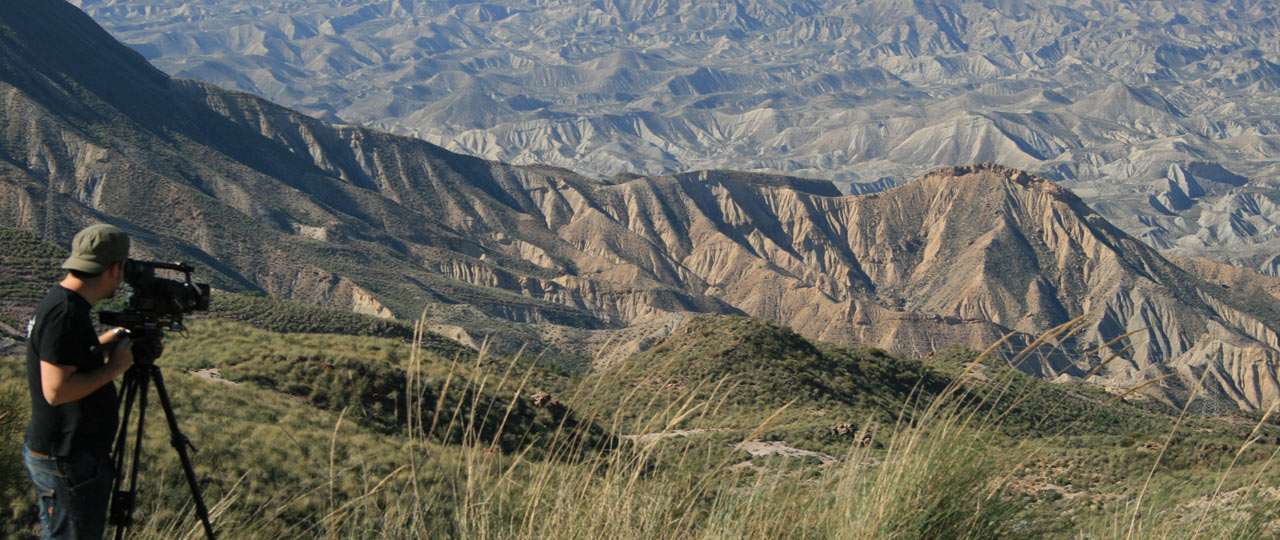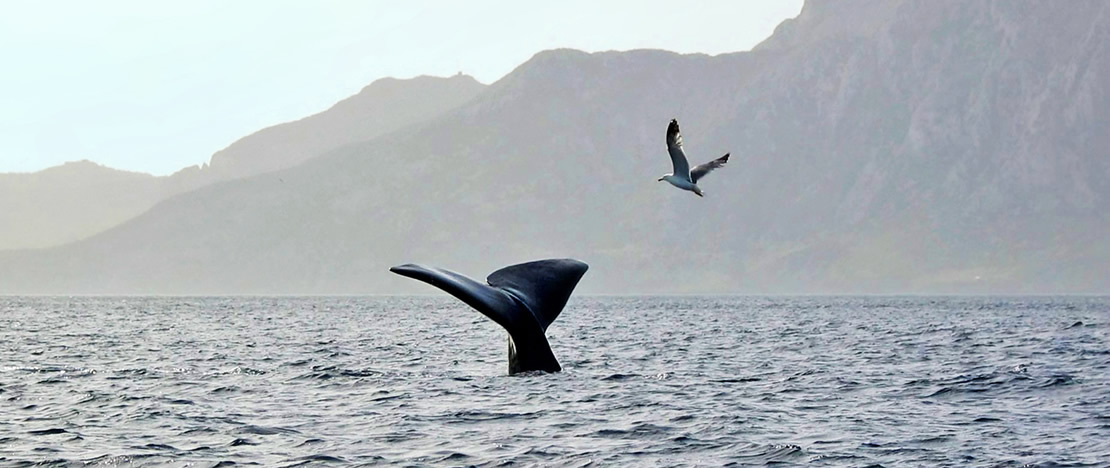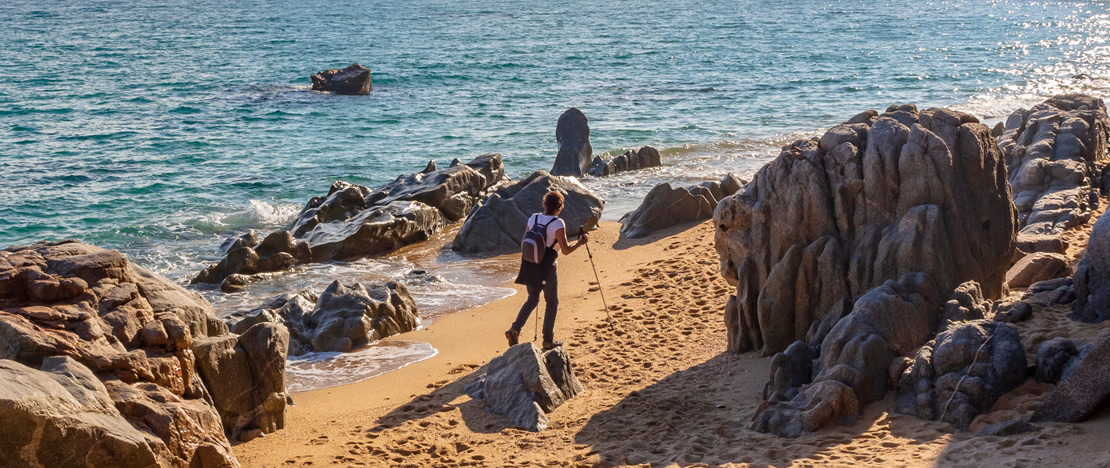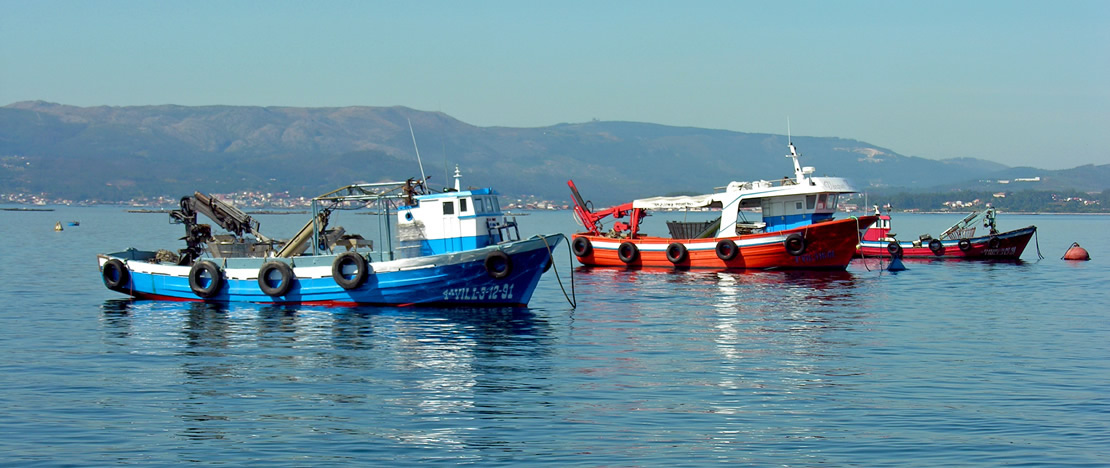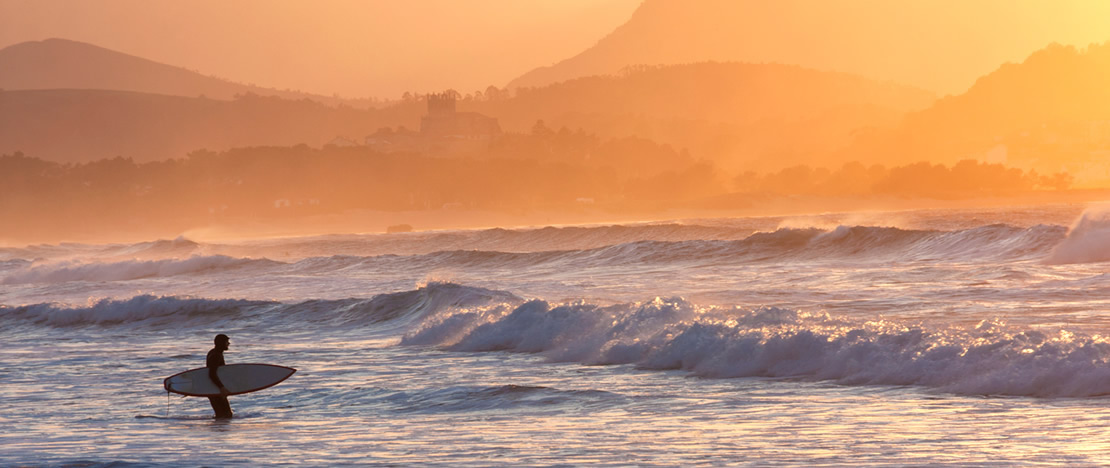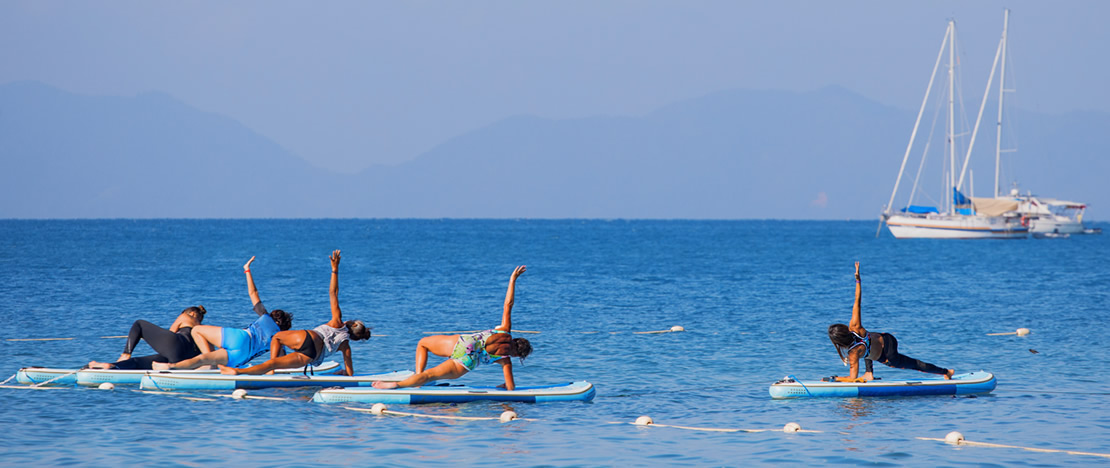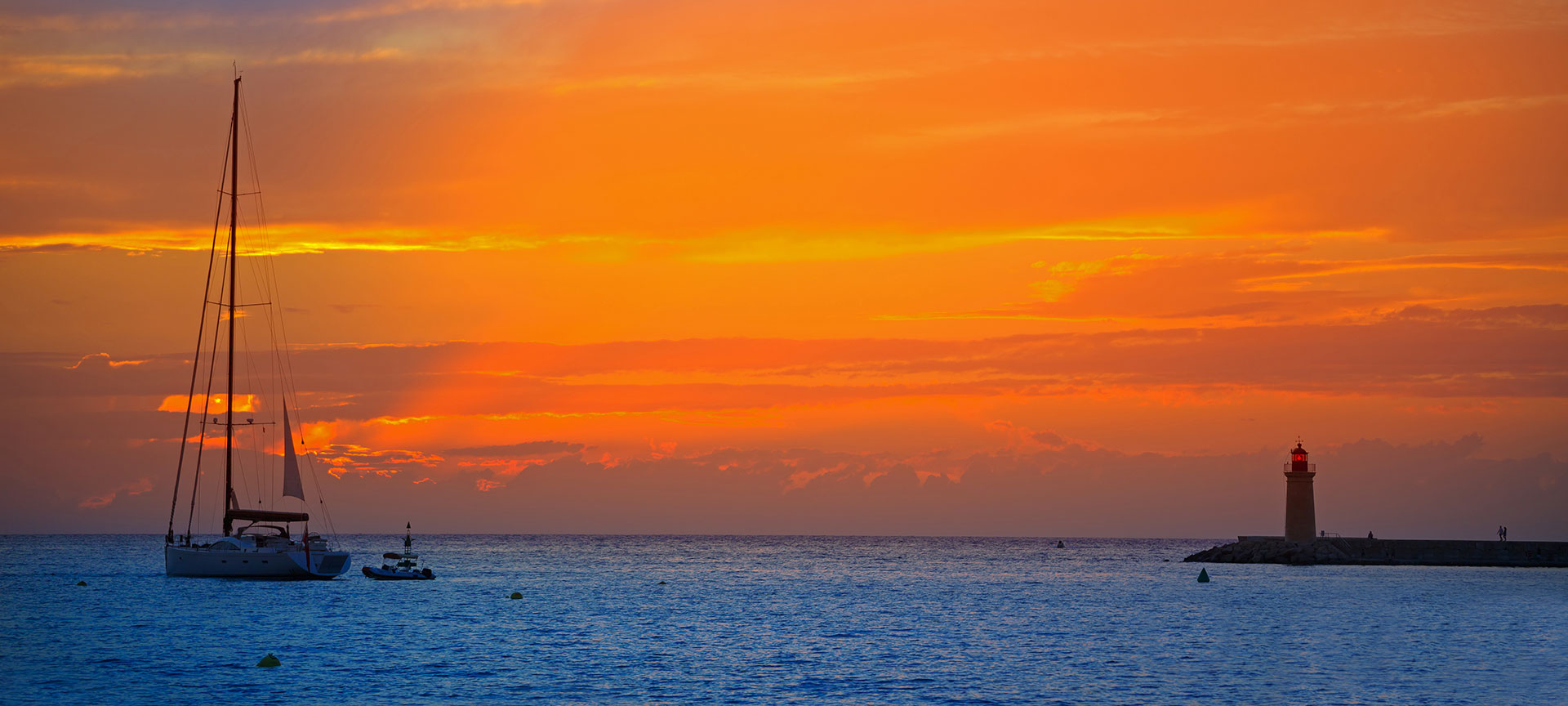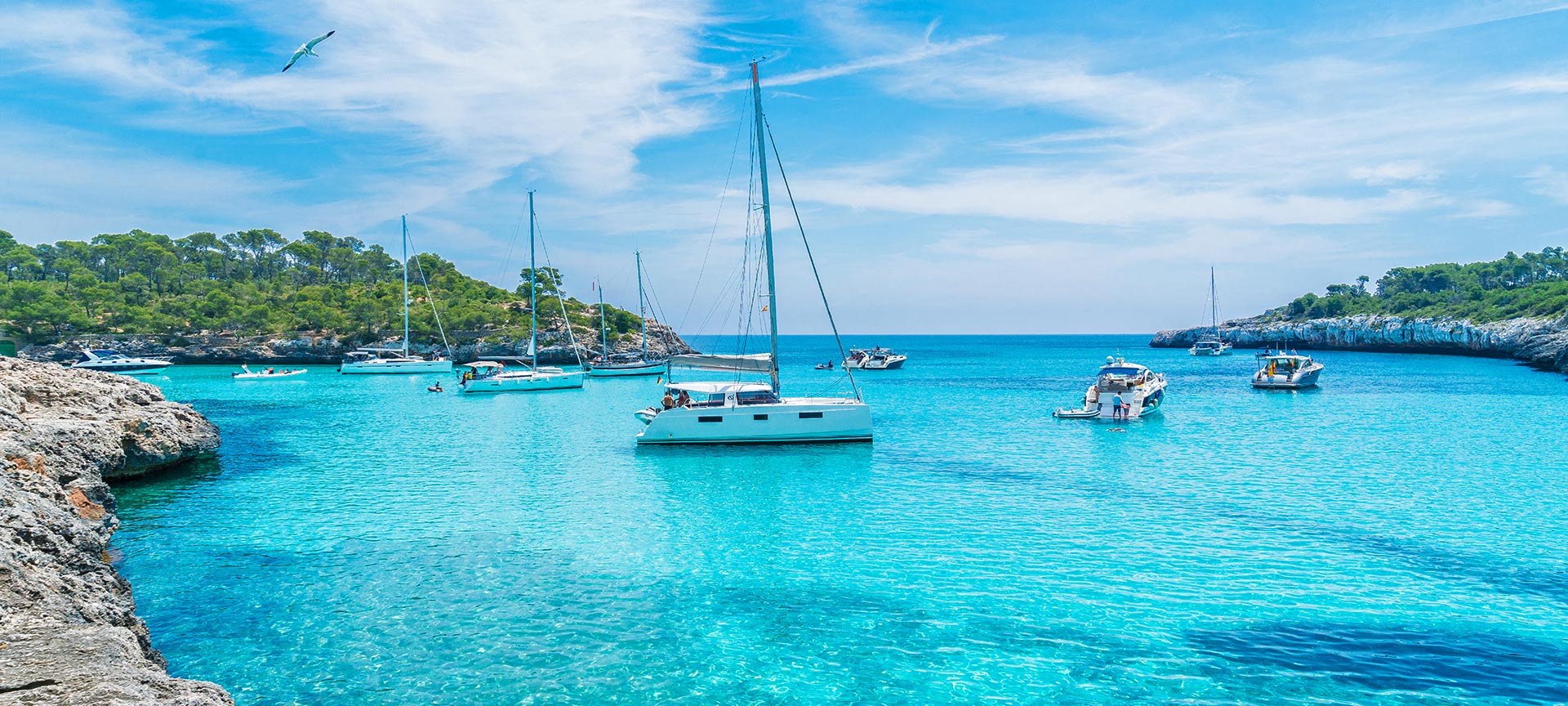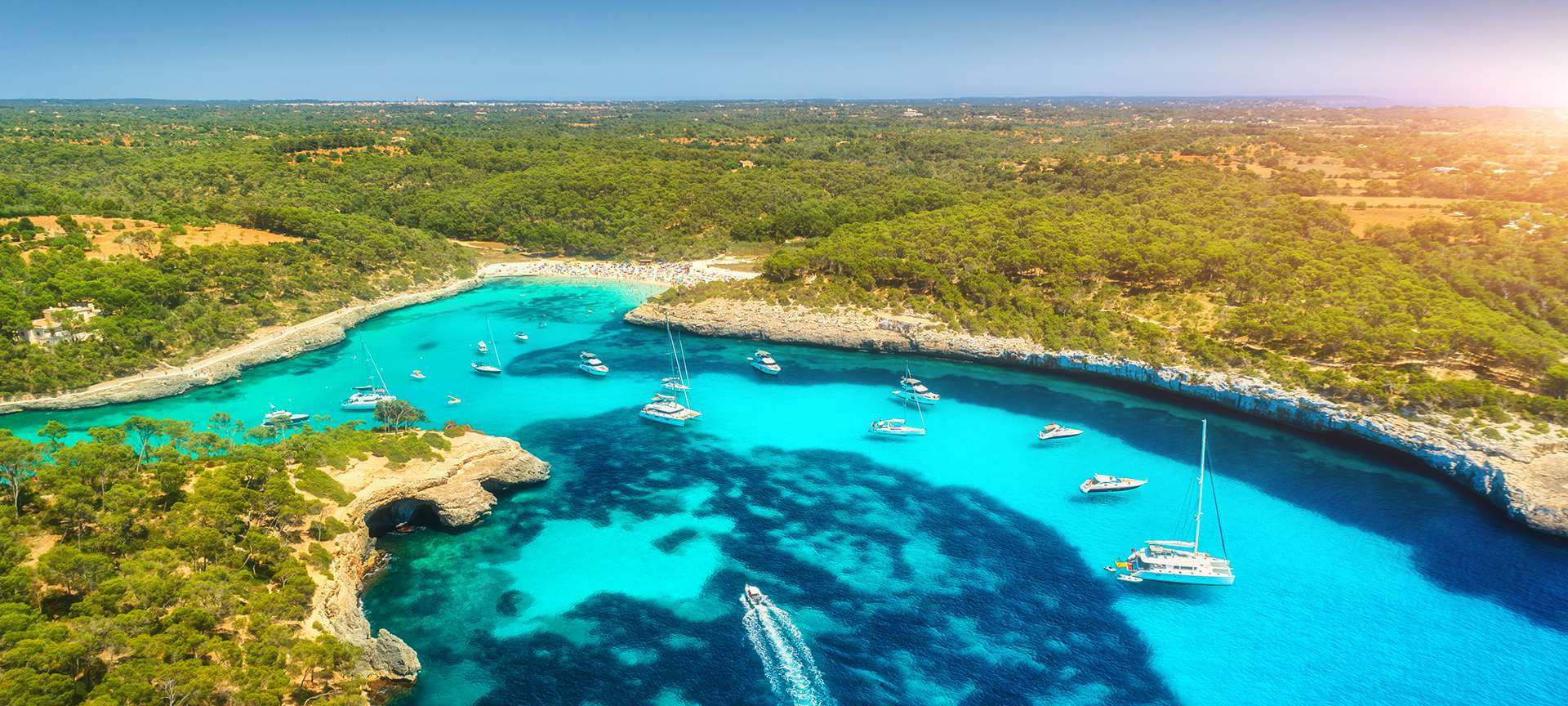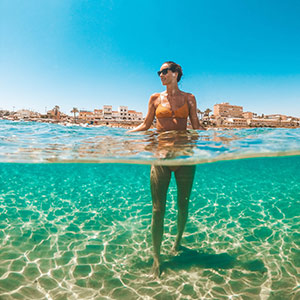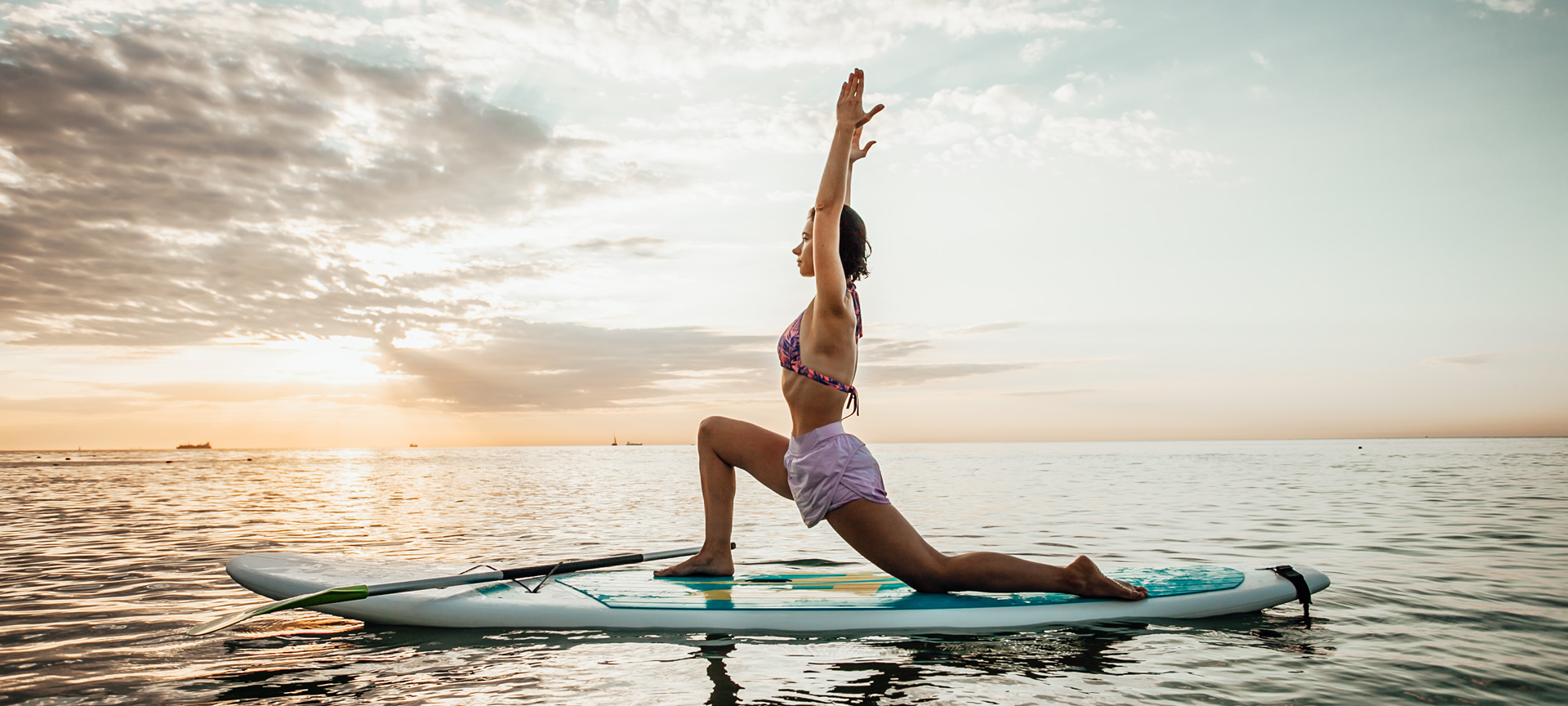
Blue tourism experiences in Spain all year round
With almost 8,000 kilometres of coastline, the diversity of the Mediterranean and Cantabrian seas and the Atlantic Ocean and its more than 3,500 beaches make Spain an ideal destination to enjoy all kinds of water sports in the coastal surroundings. A multitude of plans to connect with the main purpose of blue tourism: appreciate the sustainability and conservation of our coasts and oceans not only in summer, but at any time of the year.
Debe activar Javascript para poder utilizar este servicio
-
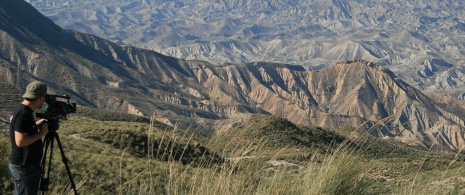
Horse riding between the cliffs of Cabo de Gata
Can you imagine riding between dunes and cliffs next to the Mediterranean? Well you can make your dream come true in Cabo de Gata-Níjar Nature Reserve, where you will find a wide range of equestrian schools that offer horse riding routes through emblematic areas of this spectacular strict nature reserve on the coast of Almería (Andalusia). The town of San José, the Los Genoveses beach and the Monsul cove – famous for being the settings for large film productions-, and the Escullos cliffs are just some of the points through which these wonderful horseback riding tours run, which are designed to be enjoyed with family, friends or alone throughout the year and which also include a starter class for those taking on their first experience in the saddle.
-
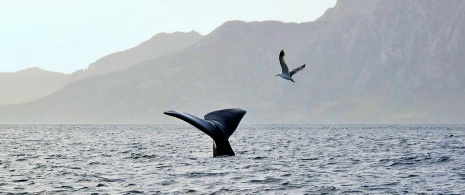
Dolphins, orcas and whales in the Strait of Gibraltar
If you want to discover the marine fauna that inhabits the Spanish coasts, whale watching around the Strait of Gibraltar is another of the blue tourism activities available along the Andalusia coast. It is one of the best places in Spain to do this, with excursions that depart from the ports of Tarifa, Sotogrande and Algeciras (Cádiz) led by biologist guides with extensive experience. Spring and summer are the most recommended seasons of the year to see whales, dolphins, sperm whales and orcas up close.
-
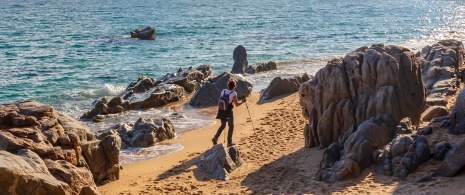
Camí de Ronda, 43 kilometres on foot along the Costa Brava
If you are looking for hiking by the sea, comfortable shoes and a light backpack will be enough to explore step by step the spectacular ecosystem of the Costa Brava. Nothing more and nothing less than 43 kilometres make up the straight route of the Camí de Ronda, which borders this precious area of the Girona seashore (Catalonia) and connects the towns of Sant Feliu de Guíxols and Begur. You can split the route into two or three days, depending on how fast you walk. The Camí de Ronda can be done all year round, but in the warmer months you can alternate walking with relaxing swims in crystal-clear waters, as you will cross the best beaches and coves on the Costa Brava.
-
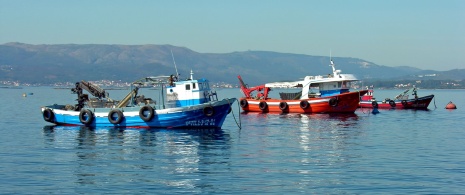
Learn the trade of shellfish harvesters in Galicia
To appreciate the richness of the sea-based gastronomy, it is important to know where the product comes from and how to obtain it in a way that respects nature. That's why in Galicia, a recommended destination to savour fabulous fish and seafood, there are activities linked to its seafaring culture such as, for example, accompanying sea professionals on a fishing day; visiting the product auction at the market; taking boat rides to the rafts where mussels are produced, or learn how cockles, clams and razor clams are 'cultivated' on the beach by the shellfish harvesting women. This is accompanied by onboard tastings and the preparation of typical Galician recipes, such as “a feira” octopus. You can even get started in sustainable sport fishing by embarking on a tour with an experienced fisherman who will explain how to enjoy this activity without disturbing the protection of the species.
-
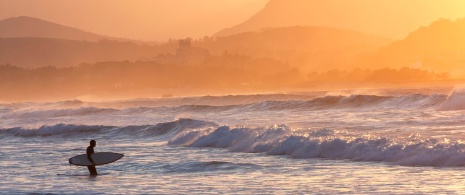
Water sports and the rise of adapted surfing on the Cantabrian Coast
As you can see, if blue tourism is your thing, Spain offers a variety of unique activities such as the ones we have mentioned, as well as the possibility of doing any water sport that you can imagine. More than a dozen marine reserves for diving and snorkelling, canoeing or kayaking or taking advantage of the favourable winds to go sailing, windsurfing or kitesurfing. And, of course, surfing. In addition to ideal destinations such as Cádiz (Andalusia) and Lanzarote, Tenerife and Las Palmas (Canary Islands), northern Spain is one of the best choices for surf fans of all levels. The characteristic waves of its coast allow both experienced surfers and those who want to learn how to handle a board or bodyboard to enjoy this sport. Although Cantabria is the most popular area for this, Galicia, Asturias and the Basque Country are also good options for surfing in Spain. There are many schools and companies that rent all the necessary equipment to catch waves for a few hours and that also offer surfcamps (accommodation and courses) for children and adults, and not just in summer. Another option that is really taking off recently in these destinations with a long surfing tradition are courses fully adapted for people with disabilities, due to the great therapeutic advantages that this sport offers and, ultimately, the contact with the sea.
-
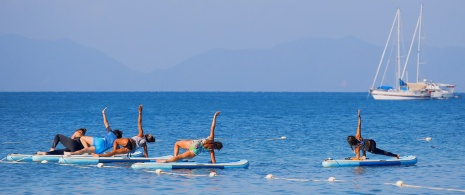
SUP yoga to meditate in the Mediterranean
And what better than to end with meditating on the importance of the sustainable development values that blue tourism promotes. Imagine doing it on a paddle surf board, in the middle of the sea, or on the shore of a beach, listening only to the noise of the waves and the birds. There are more and more Spanish beaches where you can find classes aimed at combining yoga and/or Pilates and paddle surfing. “SUP yoga” is a true seaside retreat experience, right on the Costa Blanca (Alicante) and the Balearic Islands, thanks to the calm nature of its turquoise blue Mediterranean waters.
Travel plans for inspiring you

